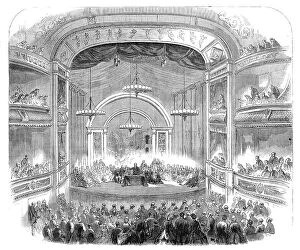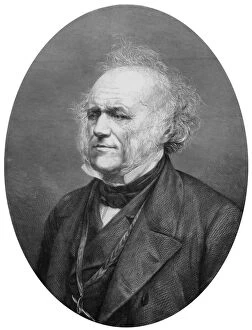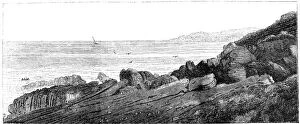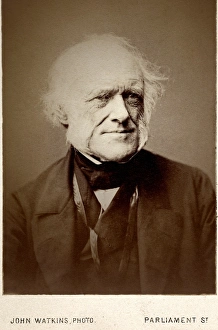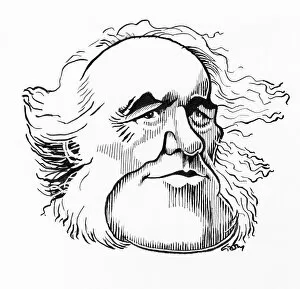Charles Lyell Collection
Charles Lyell was a prominent Scottish-born British geologist of the 19th century. His contributions to the field of geology are widely recognized and celebrated
All Professionally Made to Order for Quick Shipping
Charles Lyell was a prominent Scottish-born British geologist of the 19th century. His contributions to the field of geology are widely recognized and celebrated. In the 1830s, he created a groundbreaking geological map of South-East England, showcasing his meticulous research and understanding of the Earth's formations. A replica oil painting from 1883 captures Sir Charles Lyell's distinguished presence, highlighting his significant impact on scientific knowledge. Another captivating portrait by David Octavius Hill and Robert Adamson in 1843-47 showcases Lyell as both a lawyer and geologist, emphasizing his multidimensional expertise. Lyell's achievements were further acknowledged when he was granted the title of Sir Charles Lyell, 1st Baronet in 1875. This recognition solidified his status as an esteemed figure in both legal and geological circles. Not only did Lyell excel in academic pursuits, but he also possessed artistic talent. He depicted historical sites such as the Temple of Serapis at Puzzuoli in 1183 through his own artwork in 1853. Additionally, he captured stunning natural landscapes like the strata of red sandstone at Siccar Point in Berwickshire during his travels. Throughout his career, Charles Lyell remained dedicated to advancing scientific knowledge. A chronology piece from 1869 by Charles Samuel Keene reflects this commitment to documenting important events within the field. Even though photography was still emerging during that time period, there is a portrait photo taken during the 1860s that immortalizes Charles Lyell's image for future generations to admire. Lastly, Mount Etna serves as another testament to Lyell's exploration and study of natural phenomena. The depiction from C013 /6437 showcases one of nature's most awe-inspiring wonders with its volcanic activity captured through artistry.




